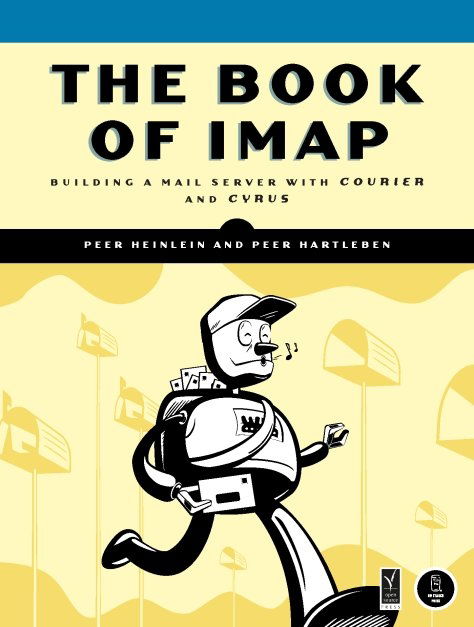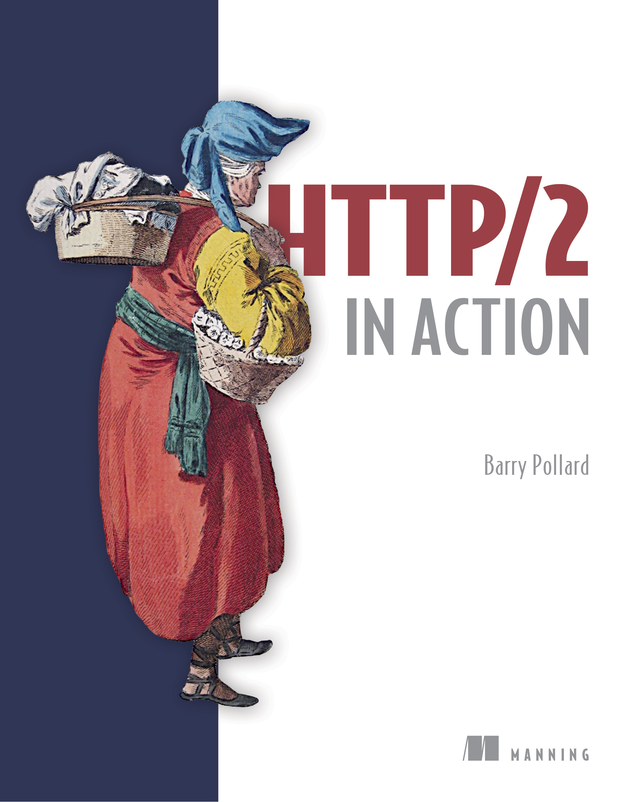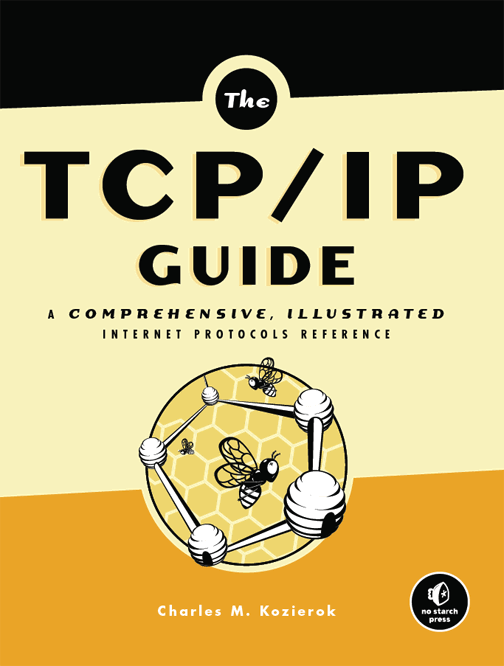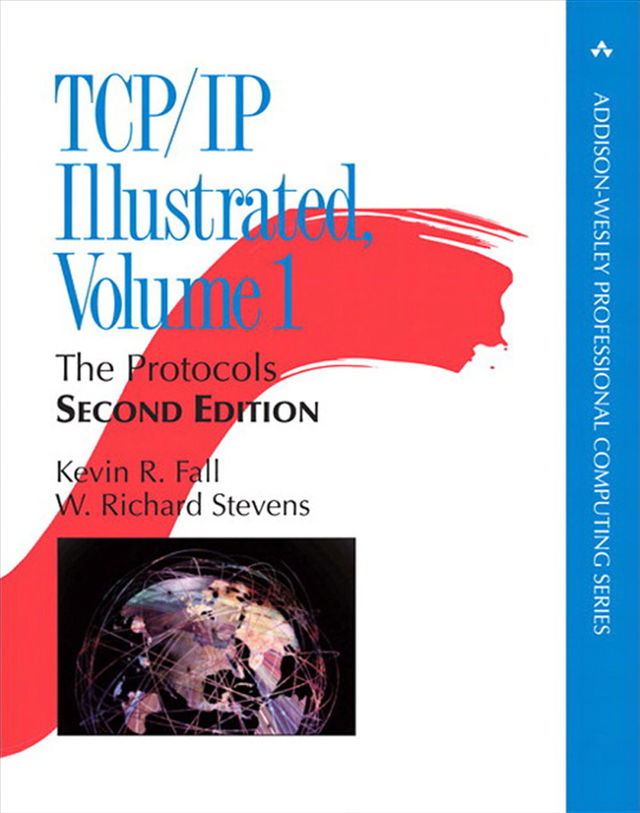IMAP (the Internet Message Access Protocol) allows clients to access their email on a remote server, whether from the office, a remote location, or a cell phone or other device. IMAP is powerful and flexible, but it's also complicated to set up; it's more difficult to implement than POP3 and more error-prone for both client and server.
The Book of IMAP offers a detailed introduction to IMAP and POP3, the two protocols that govern all modern mail servers and clients. You'll learn how the protocols work as well as how to install, configure, and maintain the two most popular open source mail systems, Courier and Cyrus.
Authors Peer Heinlein and Peer Hartleben have set up hundreds of mail servers and offer practical hints about troubleshooting errors, migration, filesystem tuning, cluster setups, and password security that will help you extricate yourself from all sorts of tricky situations. You'll also learn how to:
- Create and use shared folders, virtual domains, and user quotas
- Authenticate user data with PAM, MySQL, PostgreSQL, and LDAP
- Handle heavy traffic with load balancers and proxies
- Use built-in tools for server analysis, maintenance, and repairs
- Implement complementary webmail clients like Squirrelmail and Horde/IMP
- Set up and use the Sieve email filter
Thoroughly commented references to the POP and IMAP protocols round out the book, making The Book of IMAP an essential resource for even the most experienced system administrators.



